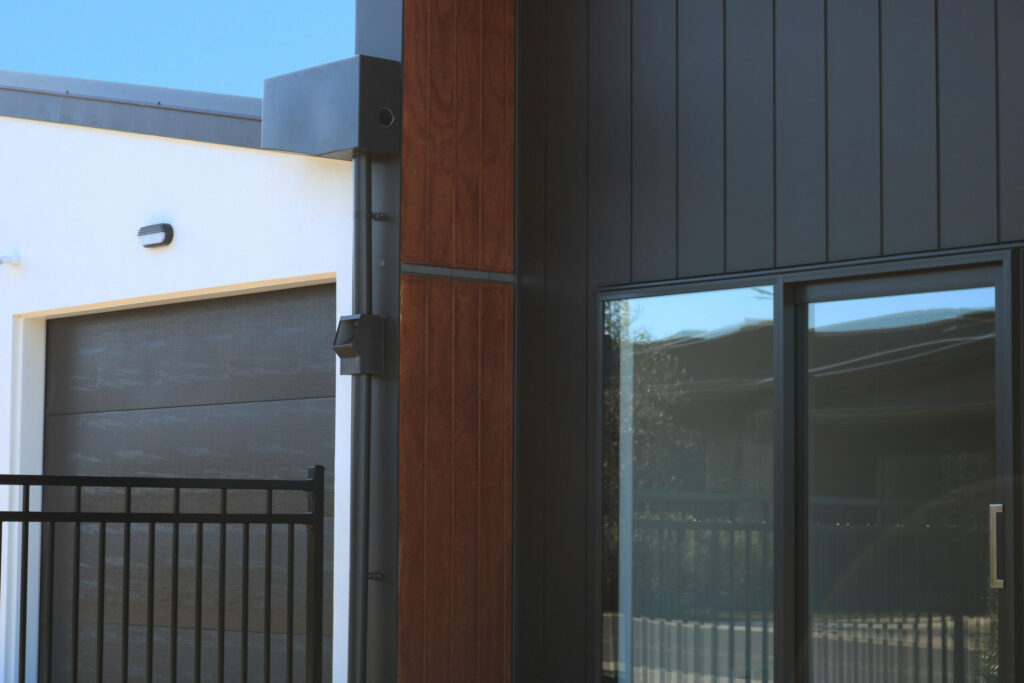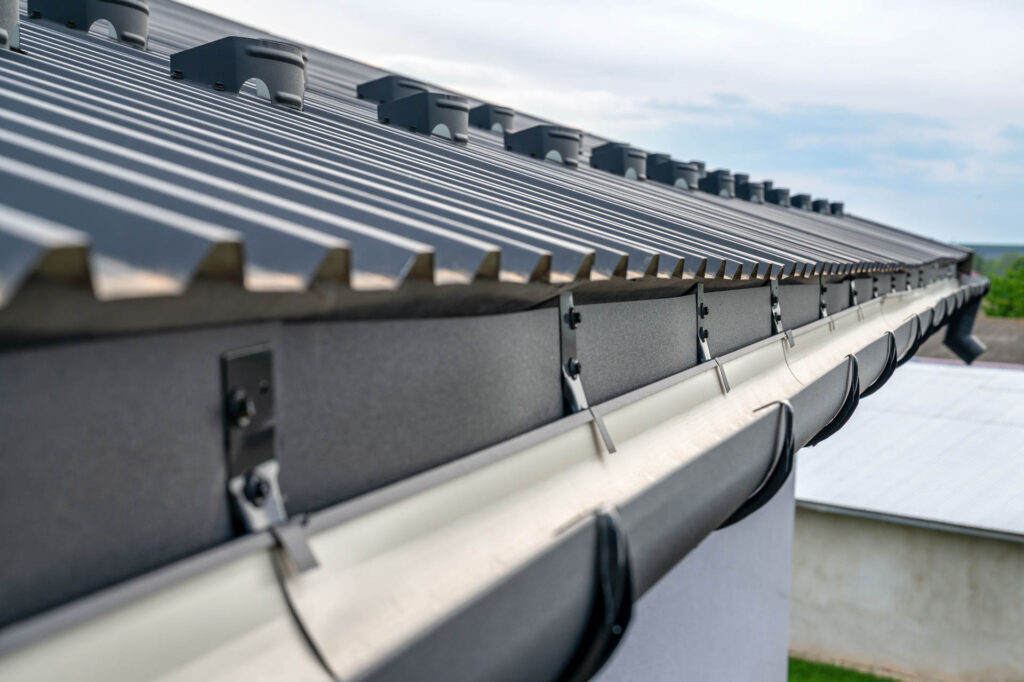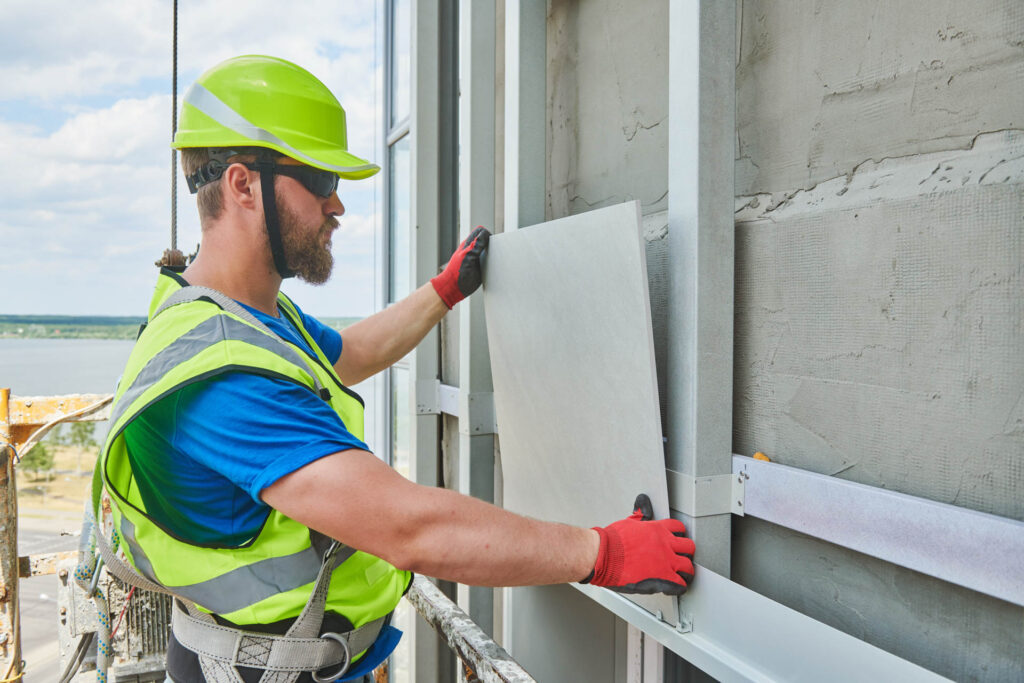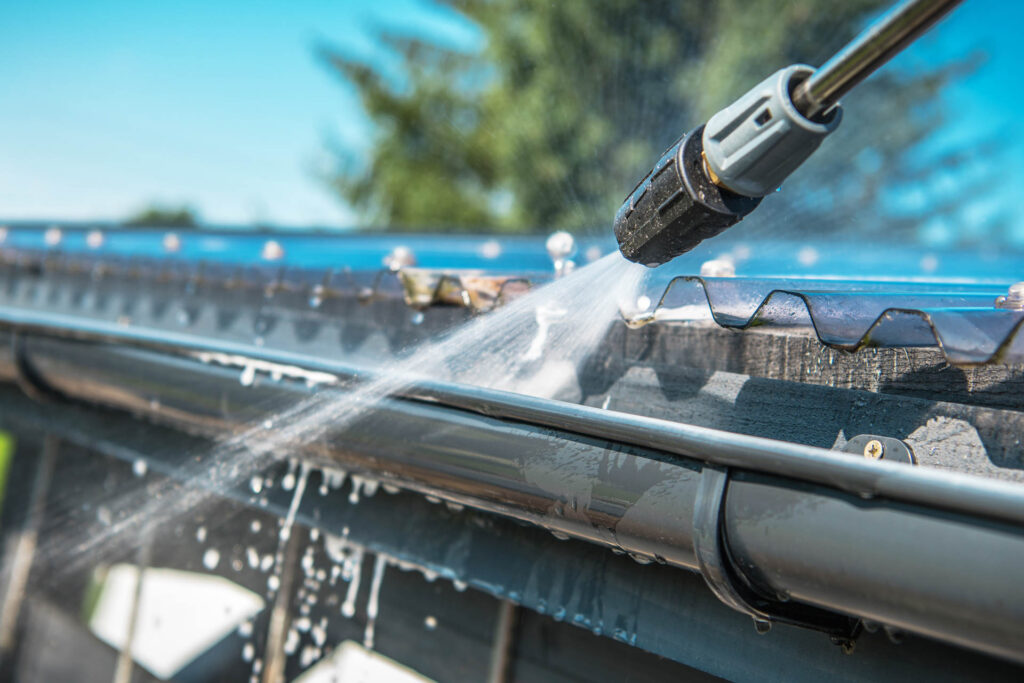Common Exterior Plaster Problems and How to Repair Them: Your Complete NZ Guide
Noticed cracks forming on your home’s exterior walls? Or maybe there’s bubbling, flaking, or even signs of water damage starting to creep in? You’re not alone. Across New Zealand, homeowners frequently encounter exterior plaster issues caused by everything from our wild weather to shifting ground and ageing materials. But here’s the good news: most of these problems are not only common – they’re also entirely manageable when you know what to look for and how to respond. Exterior plaster repair is manageable with the right approach.
Whether you’re dealing with hairline cracks, crumbling stucco, or worrying signs of moisture intrusion, early action is key. Left unchecked, small issues can turn into major repairs. But with the right guidance and a bit of know-how, you can protect your property’s structural integrity and keep it looking sharp for years to come. Today we’ll walk you through the most frequent exterior plaster problems seen across the country and explain exactly how to repair them.
The Four Exterior Plaster Villains Every Homeowner Faces
1. Cracking: From Hairline Worries to Structural Scares
What you’ll see: Fine hairline cracks, wider fissures, or alarming splits that seem to grow overnight.
Why it happens: New Zealand’s temperamental weather plays havoc with exterior surfaces. Temperature fluctuations cause expansion and contraction, while our infamous wind-driven rain penetrates even the smallest gaps. Settlement in newer homes and seismic activity don’t help either.
The fix:
- Hairline cracks (under 2mm): Clean out loose debris, apply exterior filler, sand smooth when dry, and repaint with quality exterior paint.
- Wider cracks: Use mesh tape with exterior compound for reinforcement before filling and repainting.
- Large structural cracks: Stop right here – call a professional immediately.
2. Bubbling and Blistering: When Your Walls Develop a Rash
What you’ll see: Raised bumps, peeling sections, or areas where the plaster seems to be lifting away from the wall.
Why it happens: Moisture is usually the culprit. Poor drainage, leaking gutters, or inadequate weather sealing allow water to get behind the plaster, causing it to lose adhesion.
The fix:
- Scrape away all loose and bubbling material
- Allow the area to dry completely (this might take weeks in humid conditions)
- Apply a bonding primer designed for exterior use
- Re-plaster with exterior-grade compound
- Seal and repaint with moisture-resistant paint
3. Efflorescence: Those Mysterious White Stains
What you’ll see: Chalky white deposits that seem to appear from nowhere, often in patches or streaks.
Why it happens: Water dissolves salts within the masonry substrate, bringing them to the surface as it evaporates. It’s like your wall is crying salty tears.
The fix:
- Brush off loose deposits with a stiff-bristle brush
- Clean with a mild acid solution (1:10 white vinegar to water)
- Rinse thoroughly and allow to dry
- Apply a salt-resistant primer before repainting
- Address underlying moisture issues
4. Flaking and Peeling Paint: The Slow-Motion Disaster
What you’ll see: Paint curling at edges, flaking off in chunks, or areas where the surface looks chalky and worn.
Why it happens: UV exposure, moisture penetration, poor surface preparation, or simply using the wrong paint for New Zealand conditions.
The fix:
- Remove all loose paint with scrapers and wire brushes
- Sand back to stable paint or bare plaster
- Clean thoroughly to remove dust and debris
- Prime with high-quality exterior primer
- Apply two coats of premium exterior paint suitable for your climate zone.
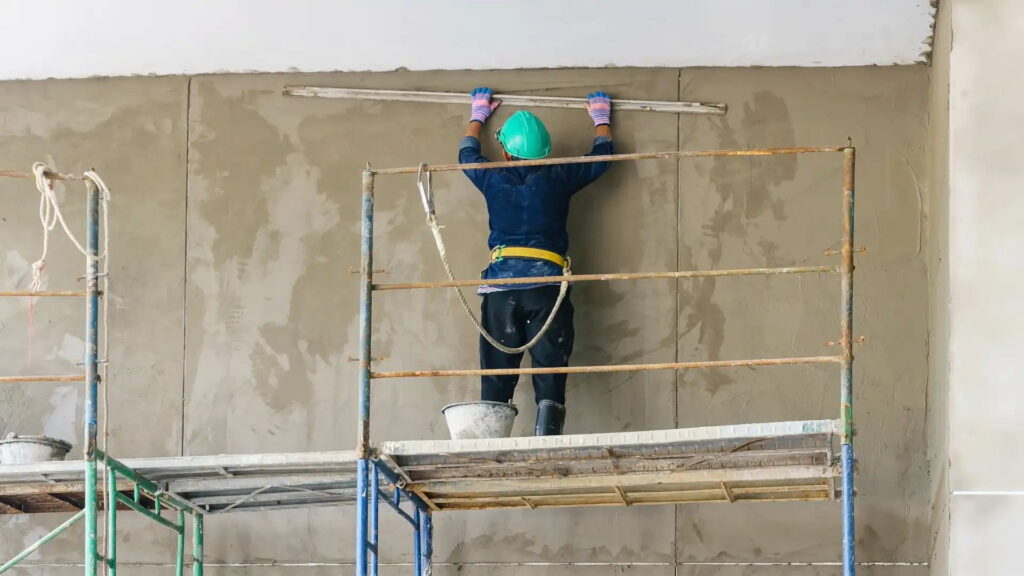
What’s the Best Exterior Plaster for New Zealand Homes?
Acrylic render dominates the market for good reason – it’s flexible enough to handle our climate swings while providing excellent weather resistance. Cement-based renders work well in coastal areas where salt exposure is high, whilst lime-based plasters offer breathability but require more maintenance.
For repairs, match your existing plaster type when possible, or consult with Sound Homes team about exterior plaster upgrades.
DIY or Professional: Making the Right Call
Safe for DIY:
- Hairline cracks under 2mm
- Small areas of bubbling or flaking paint
- Minor efflorescence cleaning
- Touch-up work and repainting
Call Sound Homes team when:
- Cracks exceed 5mm in width
- Structural cracks in the building appear at the joints
- Large areas need re-plastering
- You suspect underlying structural issues
- The problem keeps recurring despite repairs
At , Sound Homes we understand that discovering plaster problems can be highly stressful for homeowners. Our focus is always to bring value back to your property without unnecessary expense, and our maintenance programmes ensure that you avoid costly damage down the track.
Prevention Is Your Best Investment
Regular maintenance beats emergency repairs every time, but when problems do arise, acting fast on exterior plaster repairs is crucial. Don’t let small cracks turn into expensive structural nightmares that could cost thousands to fix. Contact Sound Homes today for a free quote and expert exterior plaster solutions that protect your biggest investment.


